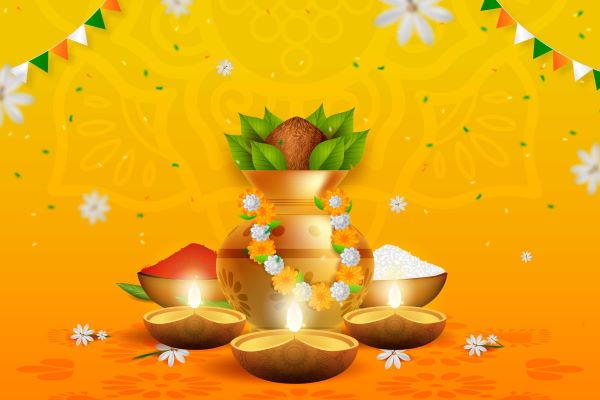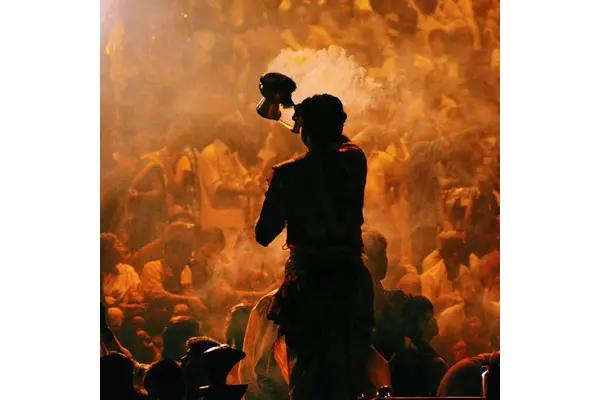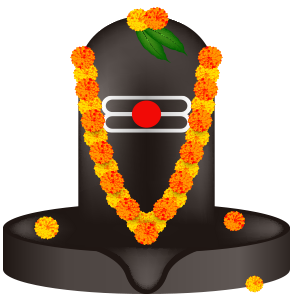
Hinduism And The Concept Of Time
Time, also known as samay or kaal, occupies a special position in Hindu philosophy; it is a manifestation of God. Despite the many faces of God, he is the Absolute being who does not change, is not destroyed, and remains even when the world ends. He is indivisible, so the divide of time does not apply to him. The past, present, and future all exist as a continuum in him. But the concept of time has another side in Hindu tradition.
Hindus believe creation occurs in cycles, each with four major yugas. Today, we will look at this unique perception of time. The idea is not to get into a debate about whether it’s right or wrong, and rather it is an alternate mode of being in this ever-changing world where time has become too much of a resource that has robbed it of its essence.
Grand Scales of Time
Carl Sagan expressed amazement at how accurately ancient rishis and saints described the concepts of time and space and other deeper mysteries of life and existence, which still intrigues humankind. Thus, it should come as no surprise that the concept of time in Hindu tradition is a grand one which, despite explanations, remains shrouded in mystery.
Unlike other cultures that base their cosmological explanations on familiar and countable units like a few hundred or thousands of years, the Hindu idea of time deals with billions or trillions of years. According to the Puranas (an influential collection of ancient texts and scriptures on Hindu traditions), time units begin from the infinitesimal truti, which lasts for 1/1,000,000 of a second, to mahamantavara of 311 trillion years.
The cycle of Creation and the Yugas
Time is not a linear concept with a definite beginning and end. Thus, Hindus believe the universe is without a beginning (anadi, where adi refers to the start) and Ananta (no ending). Rather it marches through an endless process of creation, preservation, and destruction. Cycles, also known as Kalpa, represent the time immemorial. Specifically, Kalpa is the time span of a day and night for Brahma, the lord of creation, and moves in cycles followed by another Kalpa. And each Kalpa contains 1000 maha yugas or great epochs.
However, the Puranas divide each cycle into four yugas: Krita yuga, Treta yuga, Dwapara yuga, and Kalyuga. With distinct time frames, purposes, and unique traits, they all form great epochs or Mahayuga. A single yuga cycle consists of 4.32 million years, and a Kalpa is represented by 4.32 billion years.
Together, the four yugas make a Kalpa. Kalyug is the end of the cycle, which is the current period. It will be followed by pralaya or cosmic deluge. This will bring a newer world order in place of our current one. Shiva’s Tandava dance brings this end. Shiva, the lord of destruction and one of the holy trinity of Hindu gods, as such is also the bearer of time.
The Wheel of Time and Balance
The cyclic nature of time has no beginning or end. It is indicated by a vast wheel spinning through creation and dissolution. As shown, Hindu mythology discusses a period much older than the Western temporal notion. Infinity comes closest to comprehending this; even then, it never fully does. What we want to say is that much like other concepts, the notion of time also has a certain fluidity with no definite boundaries separating the past and the present from the future.
Thus, evolution was a manifestation of one pure, Supreme Being. Hence, all life forms are interconnected. This notion of time and life is not marked by economic consumption only. Rather it was also a way of living in tune with nature and other species, which is important in times like these when pandemics and climate change threaten the whole planet. And this is where a different idea of time can bring balance into our lives.
Visit Shri Gauri Shankar Mandir to know more!





